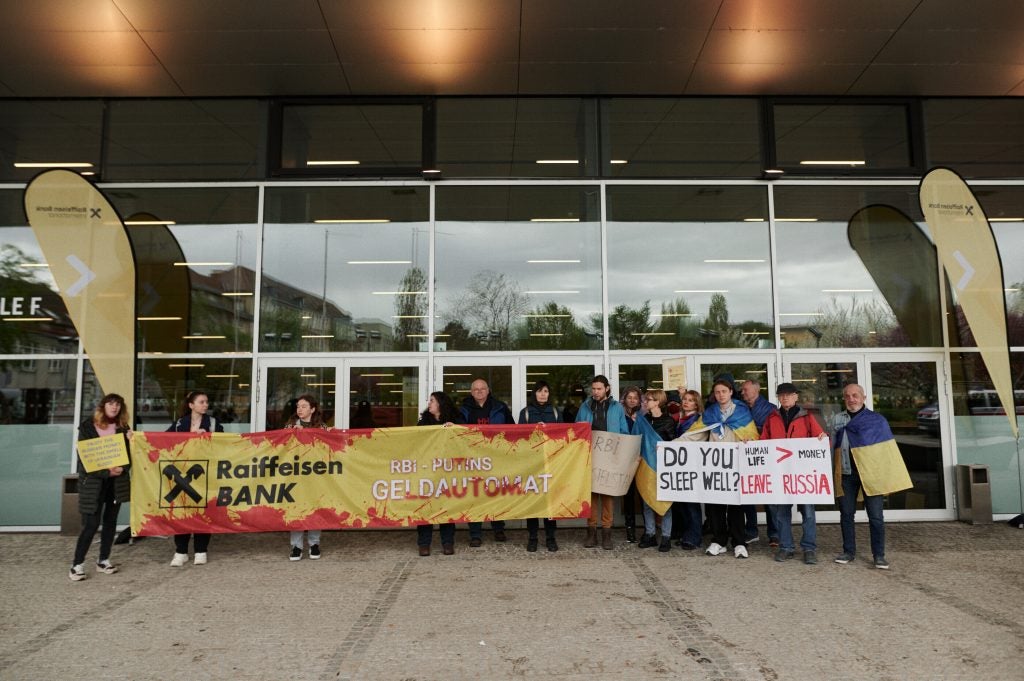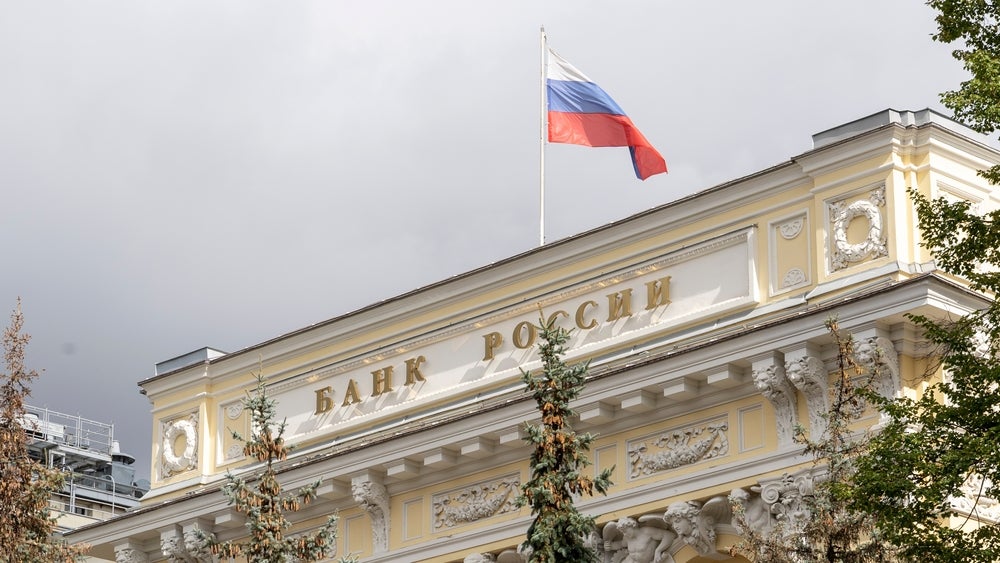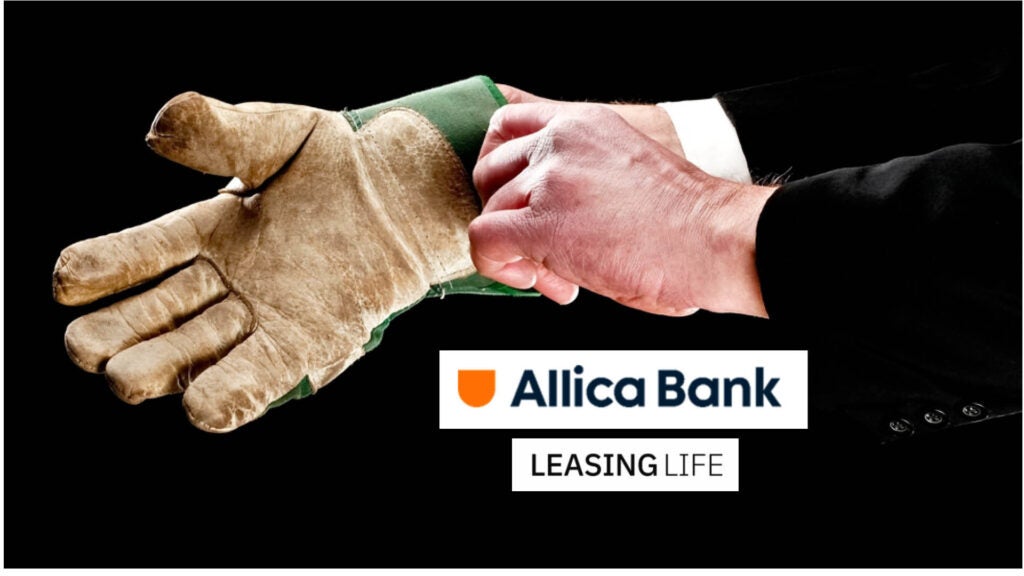Maryann Tan investigatesCompared with much of the rest of emerging Eastern Europe, Ukraine’s leasing market has some catching up to do when it comes to penetration.
Stacked against Hungary, Poland and the Czech Republic, which report double-digit lease penetration rates, Ukraine pales in comparison, with a mere 8.8 per cent.
Low penetration rates, of course, suggest much more opportunity for lessors to tap and, encouragingly, the concept of leasing has gained wider acceptance in recent years.
The increased awareness is, in part, thanks to a little help from international development agencies such as the International Finance Corp, a unit of the World Bank.
IFC
In its fourth and final survey on the Ukrainian leasing industry (IFC closed the chapter on the Ukrainian Leasing Development Project last month), the IFC reports that the total leasing portfolio in Ukraine multiplied more than five times, from $716m (€449m) to $3.8bn (€2.3bn), in the 12-month period to January 1 2008.
How well do you really know your competitors?
Access the most comprehensive Company Profiles on the market, powered by GlobalData. Save hours of research. Gain competitive edge.

Thank you!
Your download email will arrive shortly
Not ready to buy yet? Download a free sample
We are confident about the unique quality of our Company Profiles. However, we want you to make the most beneficial decision for your business, so we offer a free sample that you can download by submitting the below form
By GlobalDataOn a new-business measure, the total value of assets leased grew by a spectacular 485 per cent to $2.8bn (€1.7bn) over the same period. Last year proved to be particularly active and the number of lease agreements more than trebled to 19,313 from 6,089 in 2006.
Greater awareness has also encouraged the mushrooming of new-market entrants. Active leasing companies increased by 39 per cent last year. IFC attributes this to a combination of investments by foreign banks, rapid development of Ukraine’s financial markets and the greater availability of credit.
Indeed, financial groups such as ING Lease are recognising the potential Ukraine offers, earmarking it to be one of the key profit contributors from the CEE region. Similarly, Alexander Schmidecker, head of CEE at UniCredit Leasing, identifies the Ukrainian leasing market as a “hot market” that will grow to be on par with the
German or Italian markets.These markets respectively reported outstanding lease volumes of €140bn and €112bn in 2006.
For now, Ukraine has to first outgrow the adolescent phase characterised by imperfect information, frustrating bureacracies and less-than-supportive tax regimes.
Typical of most underdeveloped financial systems, Ukraine still lacks strong credit bureaux for credit-history checks. The report notes that only four, relatively new, credit bureaux exist and that this was insufficient for the market. In addition, leasing companies that have built up a strong database of their own do not share their information with the bureaux for the obvious reason that it gives them a competitive edge.
In one example, a lessor collected information on 8,000 farmers and food-processing companies, gaining an upper hand for itself in the agricultural sector. But as the credit bureaux develop, leasing companies are expected to better evaluate clients, which will increase the volume of leasing.
Advance payments
Perhaps because of the asymmetries in market information, lessors in Ukraine tend to fix very high advance-payment rates on leasing deals, although the rate is declining gradually. Last year, the average advance-payment rate was 18.9 per cent of the cost of the equipment, compared with 20 per cent in 2006.
“There is growing anecdotal evidence that advance payments are getting slightly smaller and, in rare cases, are not required at all. As some leasing companies are becoming more familiar with the industry sectors, advance payments are a less important part of the lease agreement and the leased asset itself is regarded as
sufficient collateral,” IFC says.
The analysis of the structure of the Ukrainian leasing industry shows the transport sector continued to lead in leasing activities.
Rail transport had a 52 per cent share of the total leasing portfolio, amounting to $2bn (€1.2bn). Clearly, public-sector involvement contributed a great deal to this. IFC says the Ministry of Transport had demonstrated an increased interest in leasing as a way to replace fixed assets. In time, the public sector may contribute to leasing in other sectors, such as healthcare. It is understood that the Ministry of Health has begun to look at leasing as an option to replace medical equipment.
Public sector leasing
Meanwhile, local governments need to invest in community services, such as heating and waste-management services. In the next five years, more leasing contracts in these sectors are expected to emerge.
For the majority of leasing companies, however, automobiles continue to be the largest share of the leasing portfolio – $588 million (€36.4m). Underdeveloped sectors include medical equipment, polygraph equipment and food-processing equipment.
One hindrance to the spread of leasing in other asset classes is the absence of an active secondary market for used assets other than cars. This has made leasing companies reluctant to lease assets deemed as illiquid. Thus, the agricultural and medical sectors will continue to be poorly served if there is no market for such used equipment.
In another sign of a stabilising industry, the number of lease agreements with tenors of up to three years decreased last year in favour of longer-term contracts.The share of contracts spanning three to five years rose from 20 per cent in 2006 to 31 per cent in 2007.
Despite the positive signs, IFC notes that the current tax code still carries some disincentives for leasing. A draft of the amended Tax Code, pending approval and expected to be passed this year, will lower the cost of leasing for lessees and increase demand for leasing products.
Legislation
The Ukrainian government has singled out leasing as an important component of its campaign to improve the climate for capital spending on equipment by amending legislation that will accelerate depreciation and value added tax refunds for all companies.
Still, IFC says that needs to be accompanied by improvements in the judicial system to facilitate a quicker and less expensive repossession process.
Leasing volumes in Ukraine can be expected to increase this year, so long as the economy is not bedeviled by the looming threat of inflation, last reported to be a whopping 26 per cent in March.
Blaming the rising cost of living and production on surging food prices, Ukraine’s government has not moved to rein in the wealth-eroding threat with appropriate fiscal policies. Officially, the target for inflation this year is set at 9.6 per cent.







